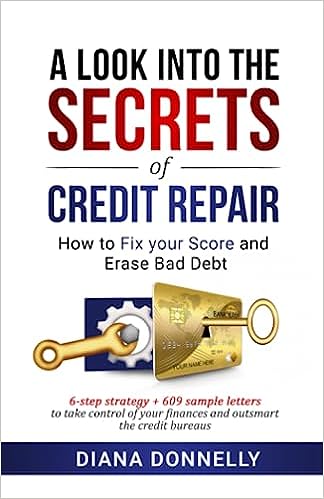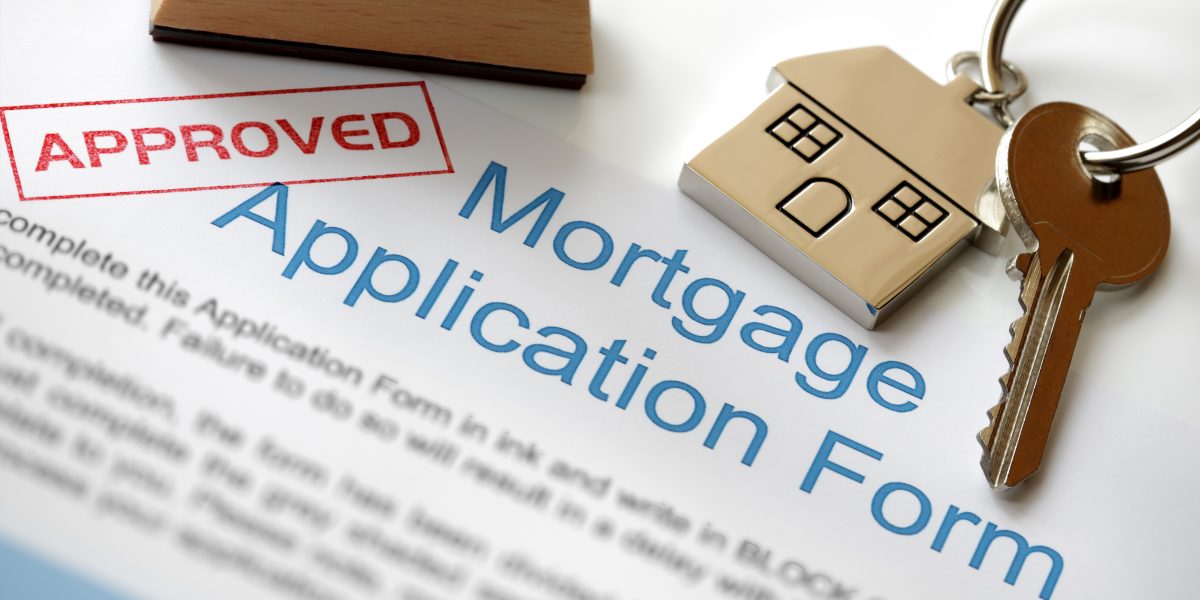Historically, financial planners have advised the best time to refinance your mortgage is when interest rates drop to levels below your current mortgage. Low mortgage rates are tempting, but you must weigh the pros and cons of refinancing your home. You will be carrying a new loan with new terms. Yes, you could save money on your monthly payments, but how long will it take you to recoup the expenses involved in a refinance?
Things to Consider Before You Refinance Your Mortgage
One of the main questions to ask yourself is how long you plan to stay in your current residence? What are your long-term financial goals? Is your credit score acceptable? These are essential considerations, and you should also take a hard look at the current refinance interest rates before making a financial decision.
Time Is Everything When Refinancing a Mortgage
You can consider a refinance if you can lower your current interest rate by at least 0.75%. Let us examine the savings that such an interest rate dip will achieve.
If you have a 30-year home loan for $300,000 with a 4% fixed rate, then our monthly house payment is $1,567. If you decide to refinance with a new 30 year home loan with a 3.25% interest rate, then your monthly payment will dip by $134, and this will add up to a savings of $48,240 if you continue to pay on loan for the entire 30 years. Undoubtedly, the savings are impressive and do add up.
The Cost of Refinancing Your Home
A refinance is going to cost you money.
- Closing costs range from 2% to 5% of the principal.
- Loan origination fee runs from 0.5% to 1.5% of the amount borrowed.
- An appraisal fee from $300 to $500
- Credit report around $50
- Title insurance averages $1,000
- Mortgage points average 1% of the loan amount, and the number of required points varies.
- Recording fee varies by region
- Prepaid interest charges vary
No Cost Refinance
Recently, lenders have started offering what they call no-cost refinance options. You will not face upfront closing costs. However, the lender wraps the closing costs into the mortgage principal, or, in some cases, they will increase your interest rate. You need to take the time to read the fine print when considering a no-cost refinance. You might come out ahead with this form of loan, but it is rare.
Figuring Out the Break-Even Point
Before refinancing your mortgage, you will want to sit down and consider your break-even point, which is when you will recoup your refinance expenses and start saving money each month. To figure out your breakpoint, divide the total amount of your closing costs by the amount you will be saving on figuring out your break-even point. If you sell the home before the break-even point, remember that you will lose money, so you will want to avoid a refinance if you plan to sell soon.
Time Required to Refinance a Mortgage
If you decide to refinance your mortgage, it will usually take from 30 to 45 days, but be prepared to take longer if there is high loan demand. Other things can also impact the timespan. If you decide that a refinance is what you want, then be sure to lock in the rate just in case the mortgage rate increases.
Reasons to Refinance
Most people refinance a mortgage to save money on their monthly payments or the amount of interest they pay for the loan term. Other reasons include obtaining a shorter loan term and taking out cash for necessities.
Save on Interest
If home mortgage interest rates are down, then you could easily qualify for a lower interest rate. Saving on interest is probably the number one reason that people seek home refinance.
Potential to Pay Off the Loan Sooner
If you want to get out of debt quickly, refinancing with a shorter-term loan is a great option. Yes, your monthly payments will increase if you refinance for a shorter length of time, such as a 20 year home loan versus a 30 year home loan, but your long-term savings are considerable when it comes to saving on interest costs.
If you have a 30 year home loan at a 4% interest rate and you refinance the loan down to a 15-year mortgage at a 3% interest rate, then your monthly payments will increase, but you get to pay off your mortgage 14 years sooner, and you save an impressive $105,911 in interest.
Choosing a Different Loan Type
You can also refinance your home from an adjustable-rate mortgage (ARM) to a safer fixed-rate loan. In many cases, an ARM starts with a low interest rate that lasts for a specific amount of time but then slowly starts to inch its way up for the remainder of the loan term. You end up paying more interest and higher monthly payments with an ARM.
Buyers often take out an ARM if they do not plan on keeping the home for awfully long or it is their only option to afford the home. They then opt to refinance to a fixed-rate loan before the rate increase with their ARM.
Tapping into Home Equity
If you have built up home equity, then you can refinance to tap into the money. You will get a new mortgage for more than your current balance and be able to have the additional money in cash. You can then put the extra towards home renovation or pay off the higher-interest debt you might have incurred.
Eliminate Mortgage Insurance
Many home loans have private mortgage insurance (PMI), which can drive your monthly payment high. Certain loan types, such as those issued by the Federal Housing Administration (FHA), are issued for individuals with a lower credit score or truly little money saved for a down payment. Such loans often require mandatory mortgage insurance. A refinance can eliminate PMI.
Determining when an excellent time is to refinance a mortgage is never easy. There are a lot of considerations, but it is a viable solution for many homeowners.


